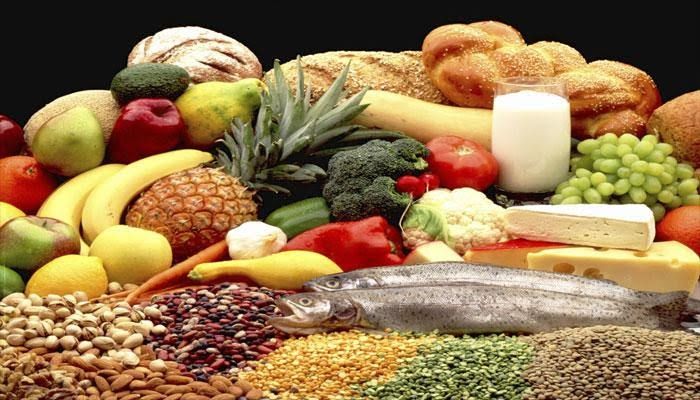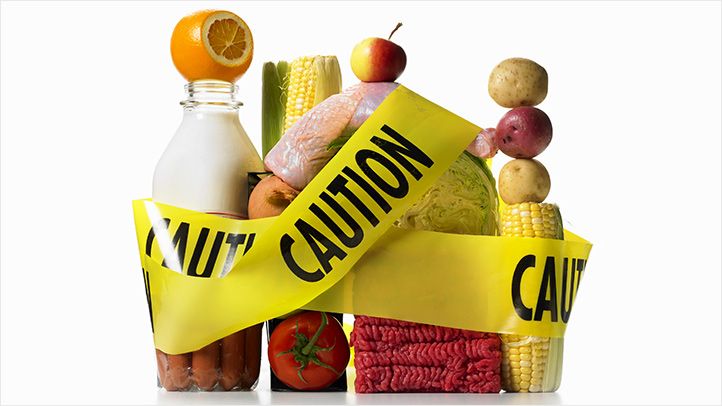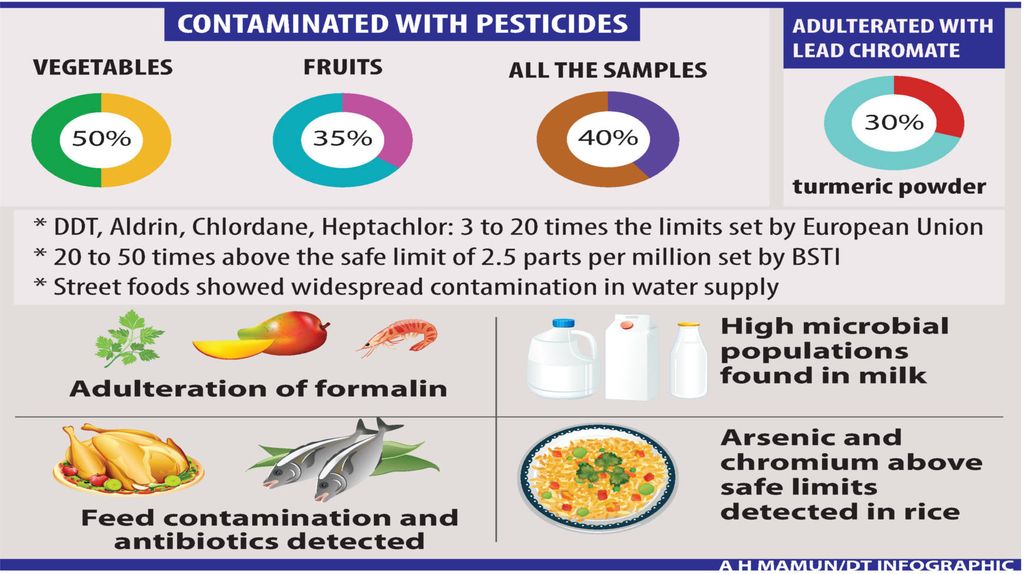Say No To Food Adulteration
Jun 13, 2019 • 691 views

Why do we eat food? We eat to live and stay healthy, right?
It’s our basic necessity.
But does what we eat really keeps us healthy?
Well, you will be shocked to know that all you eat doesn’t satisfy the standards of healthy food.
Let me make it easy for you.
Have you heard about food adulteration?

Some of us might not know but it’s really important to give a thought to it.
Why? It’s because regular consumption of adulterated food might possess a serious threat to your health. Unknowingly, we constantly consume such adulterated food on daily basis.

Why is it done? It’s done to maximize profits and make more money regardless of its serious threat to health.
Is it punishable? Yes, it is! The Prevention of Food Adulteration Act was passed in 1954. But still this heinous crime continues.
Not all food is adulterated. But it’s difficult to identify, right?
Don’t worry! I’ve brought to you quick and easy tips to identify the adulterated food.

Here we go!
Milk
Almost, 68.7 percent of milk and milk products sold in the country don’t satisfy the standards of healthy food. In order to maximize the profits, the milk is adulterated with water, detergent, urea, hydrogen peroxide, starch, sodium bicarbonate.
To check the quality of milk, consider doing these two tests:
Slip test – Put a drop of milk on a polished vertical surface. If its stops or flows slowly leaving a white trail behind, it’s pure milk. Milk mixed with water or other agents will flow down immediately.
Reduction test – Boil some milk on a slow heat stirring continuously until it becomes solid (khoya). Take it off the heat and wait foe 2-3 hours. If the residue is oily, the milk is of good quality.
Quality comes at a price. Kesariya Farm states that it offers 100 percent organic milk and milk products with free shipping all over India - https://www.kesariyafarm.com
Tea and Coffee
Our mornings start with tea and coffee. Tea and coffee are the most consumed beverages in India, and therefore highly adulterated.
To check the quality of tea and coffee, consider doing these steps:
Tea – Tea leaves are artificially colored and sometimes, leaves of other plants are also mixed with tea leaves. Sprinkle a teaspoon of tea powder on a moist blotting paper. If the color of the paper changes, it indicates that it’s adulterated. Pure tea leaves changes its color when added to hot water.
Coffee - A pack of pure coffee is always bigger and lighter than the fake one even when they are in same net weight.
Look at the labels. Check for good quality tea and coffee. Look out for trusted brands.
Honey
Honey remains popular and widely used all over the world. Honey is not easily available and its low availability leads to adulteration to satisfy the needs of the entire population. Honey is commonly adulterated with sugar syrup to increase the quantity, due to its steep price and low availability.
To check its authenticity, carry out this step:
Water test - Add a spoonful of honey to a glass of water. If the honey dissolves instantly, it’s impure. Pure honey is dense and therefore sinks to the bottom instead of dissolving instantly.
If you’re looking for 100 percent pure organic honey, click the link to buy: https://utmt.in/organic-certified-honey/
Salt
Salt is considered as the ‘taste maker’. It adds taste to our food. Our food is incomplete without salt. But, have you ever wondered what can be added to your salt? Salt is mostly adulterated with chalk powder.
To check its authenticity, follow the below procedure:
Water test – Add a spoonful of salt in a glass of water and stir it for few minutes. If the solution turns white and the residue settles at the bottom, it indicates the presence of chalk powder. A salt solution is always transparent.
If you’re looking for 100 percent natural with no chemicals, no additives and unrefined salt, check out the product here:
https://www.amazon.in/dp/B077JPV55L/ref=cm_sw_r_wa_apa_i_FjlaDbG73PB94
Red Chilli Powder
Red chilli powder is commonly used in every kitchen. It’s often used in curries to add flavor and a rich color. But, is it really a pure red chilli powder or something else? Red chilli powder is often adulterated with brick powder (for quantity) and artificial colors (to hide its bad quality).
To check its authenticity, follow the below procedure:
Brick powder test – Take some chilli powder in a glass and rub it. If you feel some kind of grittiness. It could be a brick powder.
Artificial color test – Take a glass of water and sprinkle some red chilli powder over the glass. If you notice a colored streak, your chilli powder could be adulterated.
You can make your red chilli powder at home. Check the recipe here:
Food adulteration still remains one of the serious challenges in the Indian society, in spite of the various measures taken and penalty laws passed. The problem of food adulteration will prevail until we, the consumers, take necessary actions.
It is the need of an hour.

Therefore, be vigilant and smart Indians.
